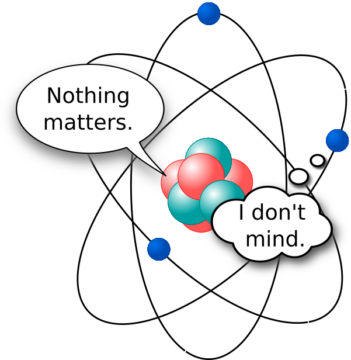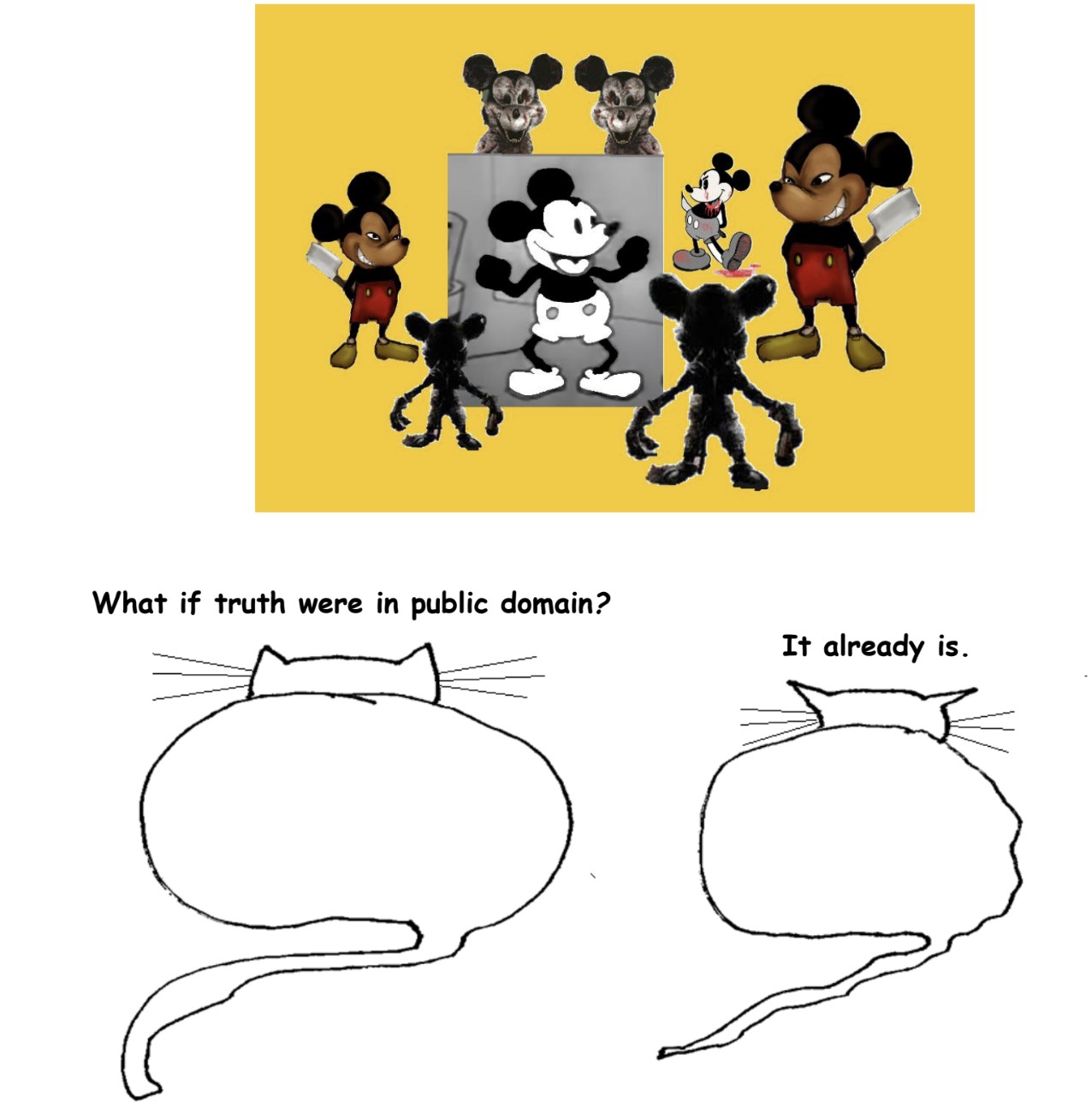Two young men greeted a new crew member on a ship’s quarterdeck 60 years ago and, in a matter of weeks, by simple challenge, introduced this then 18 year-old who’d never really read a book through to the lives that can be found in them.… —Thank you Anthony Gaeta and Edmund Budde for your life-altering input.
Narragansett Evening Walk to Base Library
Bay to my right (my rite of road and sea):
I hold to its shoulder, I sail, I walk the line.
The bay moved as I moved, though retrograde
as if the way I moved had something to do
with the way the black bay moved, how it tracked,
how it perfectly matched my pace, but
slipping behind, opposed, relative
(Albert would have a formula or two
to spin about this if he were here),
behind too, over shoulder, my steel grey ship at pier
transfigured in cloud of cool white light
sprayed from lamps on tall poles ashore and,
aboard, from lamps on masts and yards
lit needles of antennae which gleamed
above its raked stack in electric cloud enmeshed
in photon aura, its edges feathered into night,
enveloped as it lay upon the shimmering skin of bay.
From here, she’s as still as the thought from which she came:
steel upheld on water arrayed in light, heavy as weight,
light as a bubble, line of pier behind etched clean,
keen as a horizon knife,
library ahead, behind
a ship at night.
The bay to my right (as I said) slid dark
at this confluence of all nights,
lights of low barracks and high offices,
those ahead that faced west, skipped off bay,
each of its trillion tribulations jittering at lightspeed
fractured by bay’s breeze-moiled black surface in
splintered sight,
ahead the books I aimed to read,
books I’d come to love since Tony & Ed
in the generosity of their own fresh enlightenment
had teamed to bring new tools to this greenhorn’s
stymied brain to spring its self-locked latch
to let some fresh air in crisp as this breeze
blowing ‘cross the bay from here to everywhere,
troubling Narragansett from then to
me here now
Jim Culleny
12/16/19

 I recently read the wonderfully ambiguous sentence, “The love of stone is often unrequited” in Jeffrey Jerome Cohen’s book Stone: An Ecology of the Inhuman. It inspired me to write love letters to stones.
I recently read the wonderfully ambiguous sentence, “The love of stone is often unrequited” in Jeffrey Jerome Cohen’s book Stone: An Ecology of the Inhuman. It inspired me to write love letters to stones. Nabil Anani. Life in The Village.
Nabil Anani. Life in The Village.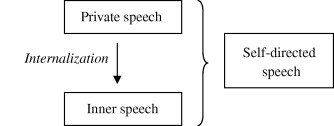
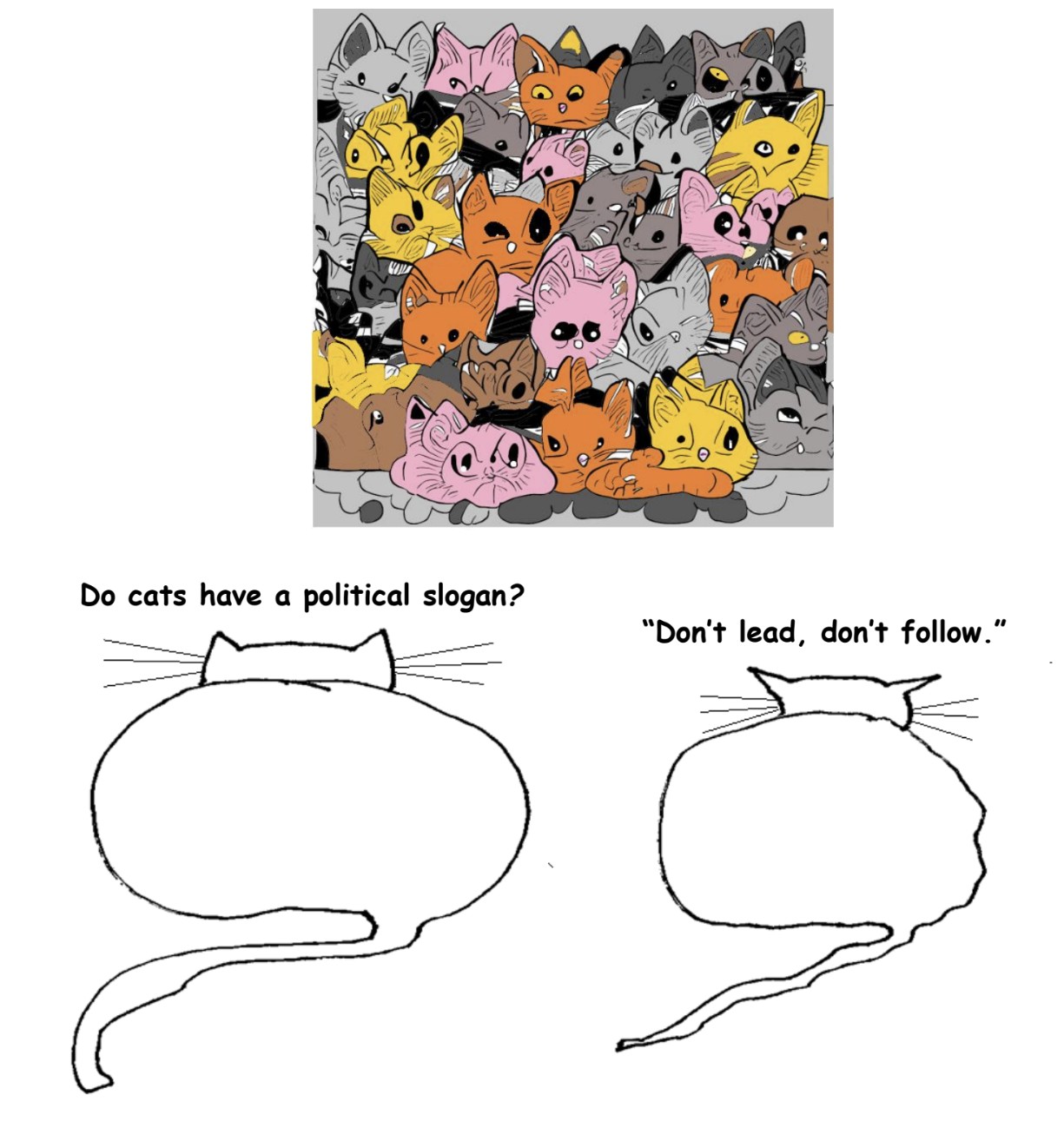
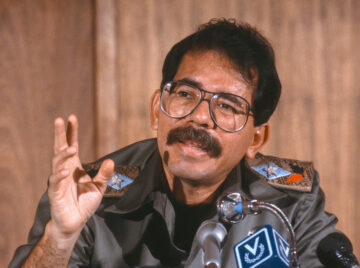





 .
.
 I simply can’t seem to stop writing the same essay over and over. This is, I admit, not a great opening to a new essay. If all I do is repeat myself, why bother reading something new from me? Fair enough. You’ve heard it all before. But allow me one objection, which is that many writers write the same novel repeatedly, many filmmakers create the same movie multiple times, and these are often the best novelists and filmmakers. Now, I don’t mean to put myself in this category, but I can take solace in the fact that the greats do the same thing I seem to be fated to do.
I simply can’t seem to stop writing the same essay over and over. This is, I admit, not a great opening to a new essay. If all I do is repeat myself, why bother reading something new from me? Fair enough. You’ve heard it all before. But allow me one objection, which is that many writers write the same novel repeatedly, many filmmakers create the same movie multiple times, and these are often the best novelists and filmmakers. Now, I don’t mean to put myself in this category, but I can take solace in the fact that the greats do the same thing I seem to be fated to do.
